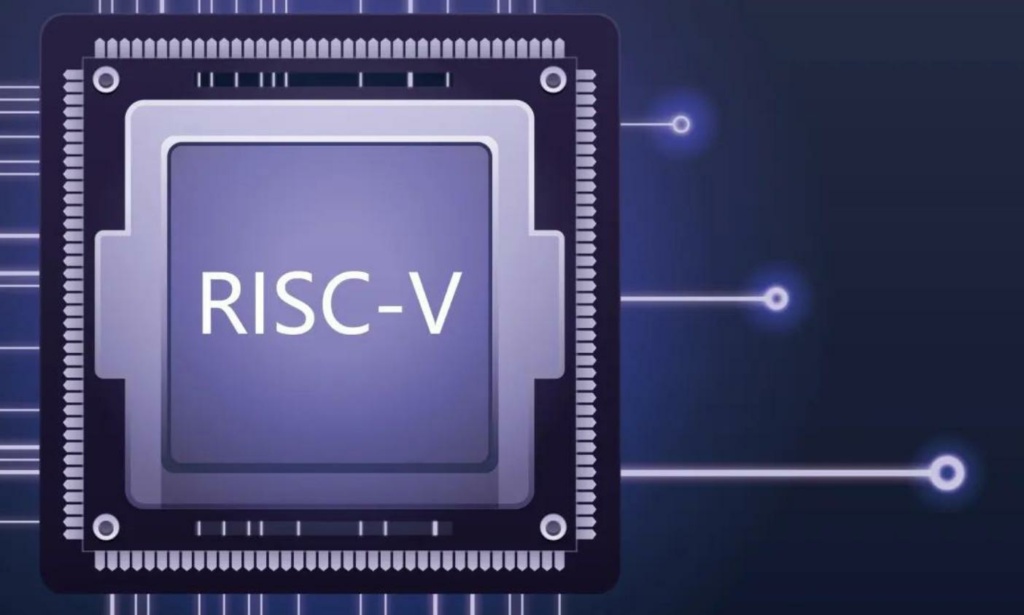
NXP, Qualcomm and others join forces to take on ARM with RISC-V
NXP and four other major chipmakers are taking aim at ARM’s dominance by starting a company tasked with accelerating adoption of the RISC-V architecture. To be established in Germany, the as-yet unnamed company brings together Robert Bosch, Infineon, Nordic Semiconductor, NXP and Qualcomm to develop reference architectures based on the open-source standard. The initial application focus will be automotive, with mobile and IoT to be added at a later stage.
“The creation of a one-stop-shop ecosystem where customers can select turnkey assets will strengthen the adoption of RISC-V across many European industries,” said NXP CTO Lars Reger in a statement. “An open collaboration with like-minded companies to continually enhance innovative RISC-V microprocessor IP and ensure a robust and reliable supply of the technology is the ideal answer,” added CTO Svein-Egil Nielsen of Nordic Semiconductor, which specializes in wireless technology for the IoT.
Slice
In a blog published two days before the press release, Reger explains that licensing of processor cores emerged as a “thorny industry issue” in September 2020, when ARM’s parent company Softbank announced plans to sells the UK-based chip designer to Nvidia. “What would happen if Nvidia, a competitor to many in the semiconductor space, held the power to grant and price licenses? What alternatives would companies have to diversify? How could such a change impact product roadmaps? How could the competitive scale be tipped in the favor of others?” Reger writes. “The wake-up call of a potential ARM sale spurred many semiconductor companies to take a closer look at RISC-V.”

These worries have likely been exacerbated by the UK-based semiconductor and software company testing the waters of its near-monopoly recently. After the sale to Nvidia was shot down by regulators last year, Softbank has been preparing for an IPO, which is currently rumored to take place next month. Looking to drive up proceeds, the Japanese owner reportedly intends to raise prices, in part through changes in its licensing model. According to the Financial Times, ARM has informed customers that it will stop charging royalties based on the chip’s value and start charging based on the value of the device that the chip is used in. In other words, ARM wants a (much) bigger slice of the pie.
Dislodge
Tensions over ARM’s licensing model also play a role in the ongoing legal battle between ARM and its largest customer, Qualcomm. Following Qualcomm’s acquisition of Nuvia, a startup focusing on high-performance ARM-based CPUs, ARM says Qualcomm can’t continue to use the architectural license granted to Nuvia without negotiating a new deal. Regardless of the outcome, ARM’s claims on Nuvia’s innovations soon prompted speculations that companies would go looking for (open-source) alternatives.
Offering an alternative to ARM’s business model was one of the driving factors behind the development of the open-source RISC-V specification and platform. Initially mostly an academic project, the open-standard instruction set architecture has been gathering commercial momentum over the past few years. Semico predicts RISC-V IP will grow grow at a 34.9 percent compound annual growth rate through 2027, compared to 9 percent growth for semiconductor IP overall. Key end-markets include low-end smartphones, cellular infrastructure, PCs and game consoles and consumer IoT.
Several major companies have also been throwing their weight behind RISC-V. Google has announced that Android will fully support it. Intel invested a billion dollars to speed up adoption, although it has quietly terminated its own development project earlier this year. Even Apple has been dipping a toe in RISC-V waters.
Of course, few people would argue that RISC-V is going to replace any of the major chip architectures any time soon. ARM is ingrained in the industry, and it will take some doing to dislodge it. Still, NXP’s Reger is optimistic. “The gap is significantly smaller than a few years ago and only in the high-performance world are the differences very large. Give it another five years and those will be much lower too.”
Main image credit: iNews






